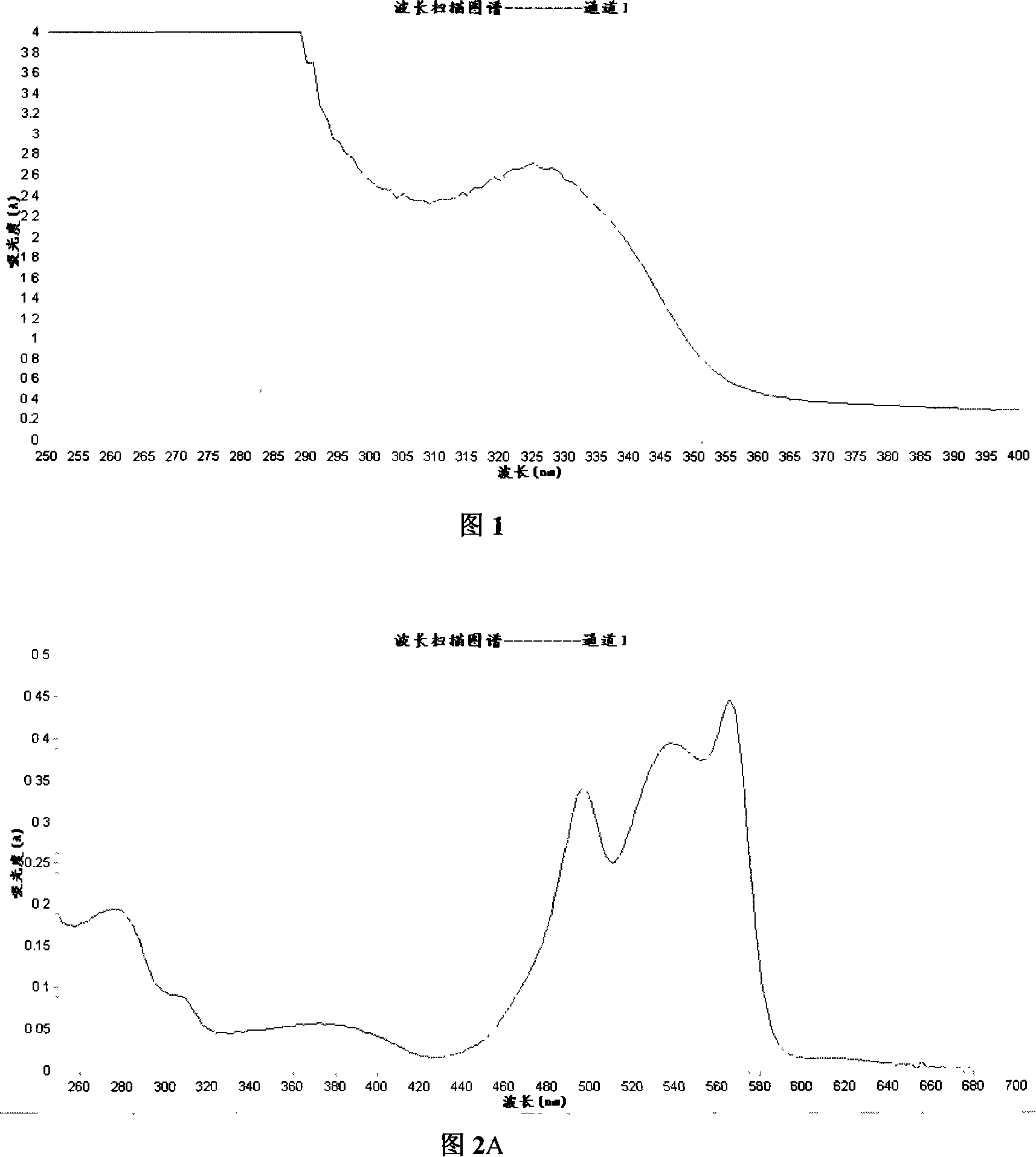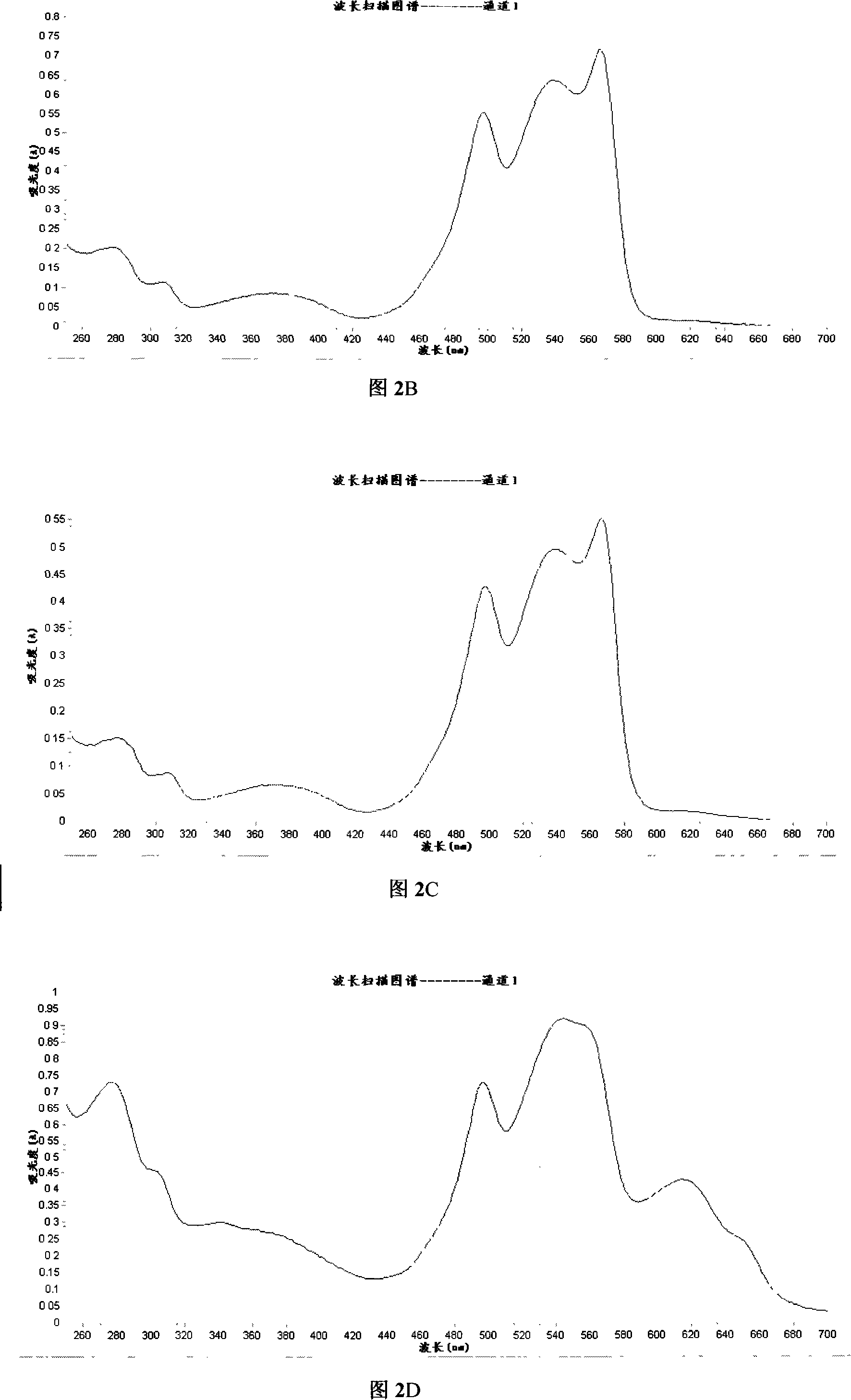Method for extracting phycoerythrin and gelose synchronously from gum-contained varek such as gardon asparagus
A technology of phycoerythrin and astragalus, applied in application, food preparation, food science and other directions, can solve the problems of inability to spend summer and winter, inability to accumulate biomass effectively, and achieve the effect of improving utilization rate
- Summary
- Abstract
- Description
- Claims
- Application Information
AI Technical Summary
Problems solved by technology
Method used
Image
Examples
Embodiment Construction
[0027] Below in conjunction with embodiment, the present invention is further described; Following embodiment is illustrative, not limiting, can not limit protection scope of the present invention with following embodiment.
[0028] This embodiment only takes the typical gelatin-containing seaweed—Asparagus asparagus as an example. Other gelatin-containing seaweeds can extract the contained alginate and related proteins according to this method, and this embodiment will not describe them one by one.
[0029] 1. Extraction and purification method of phycoerythrin
[0030] (1). Weigh 55 g wet weight of fresh asparagus and chop it up, add a small amount of distilled water overnight at 4°C to swell and lyse the cells.
[0031] (2). Centrifuge at 10,000 rpm and 4° C. for 10 minutes, collect all the supernatant, and obtain 340 ml of crude extract.
[0032] (3). According to the formula R-PE=155.8OD 498.5 -40.0OD 614 -10.5OD 651 , calculated to contain 66.630mg phycoerythrin in t...
PUM
 Login to View More
Login to View More Abstract
Description
Claims
Application Information
 Login to View More
Login to View More - R&D
- Intellectual Property
- Life Sciences
- Materials
- Tech Scout
- Unparalleled Data Quality
- Higher Quality Content
- 60% Fewer Hallucinations
Browse by: Latest US Patents, China's latest patents, Technical Efficacy Thesaurus, Application Domain, Technology Topic, Popular Technical Reports.
© 2025 PatSnap. All rights reserved.Legal|Privacy policy|Modern Slavery Act Transparency Statement|Sitemap|About US| Contact US: help@patsnap.com



